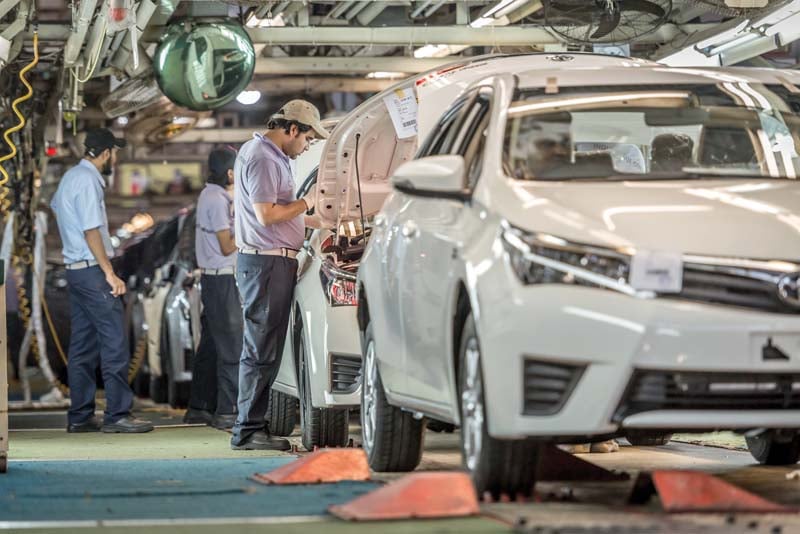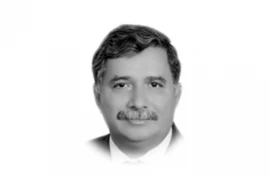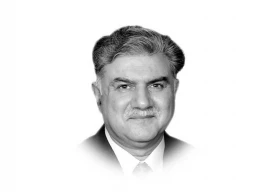
Pakistan’s car sales saw a substantial increase in January 2025, rising 61% year-on-year (YoY) to reach 139,161 units, a 2.5-year high. This surge was driven by favorable factors, including lower interest rates, heightened consumer confidence, and the introduction of new vehicle variants.
According to a report by Topline Securities, car sales for the month reached 17,010 units, marking a 73% month-on-month (MoM) increase compared to December 2024.
The surge in sales comes after the State Bank of Pakistan (SBP) reduced its key interest rate by 100 basis points to 12% in December 2024, following a series of rate cuts from a peak of 22% in June 2024. This reduction has led to lower interest rates on loans, including auto loans, making vehicles more affordable for consumers.
The report attributed the YoY growth to a combination of lower financing costs, improved consumer sentiment, and the launch of new vehicle models and variants. "The YoY rise in car sales is driven by lowered interest rates, improved consumer confidence, and the introduction of newer variants and models," the report stated.
The MoM increase was primarily influenced by the "low base effect," as December sales typically decline due to new-year registration delays, alongside the absence of SAZEW data during that period.
For the seven months of the current financial year (7MFY25), total auto sales surged to 77,686 units, marking a 55% increase compared to the same period in the previous year (49,989 units in 7MFY24).
The report highlighted that all automakers saw growth in both YoY and MoM sales. Additionally, sales of two and three-wheelers rose by 33% YoY and 18% MoM, totaling 139,161 units in January 2025, a 2.5-year high.
However, the tractor industry saw a decline, with sales falling 28% YoY and 61% MoM to 2,761 units. In contrast, truck and bus sales recorded significant growth, with a 2.57x YoY and 3.22x MoM increase, reaching 621 units—the highest since January 2022.
In conclusion, the report forecasts continued growth in the automotive sector, driven by the ongoing recovery in auto financing, the easing of interest rates, and the introduction of new vehicle models in the market.

1716968463-0/BeFunky-collage-(67)1716968463-0-165x106.webp)
1736235029-0/diddy-(50)1736235029-0-165x106.webp)



















COMMENTS
Comments are moderated and generally will be posted if they are on-topic and not abusive.
For more information, please see our Comments FAQ